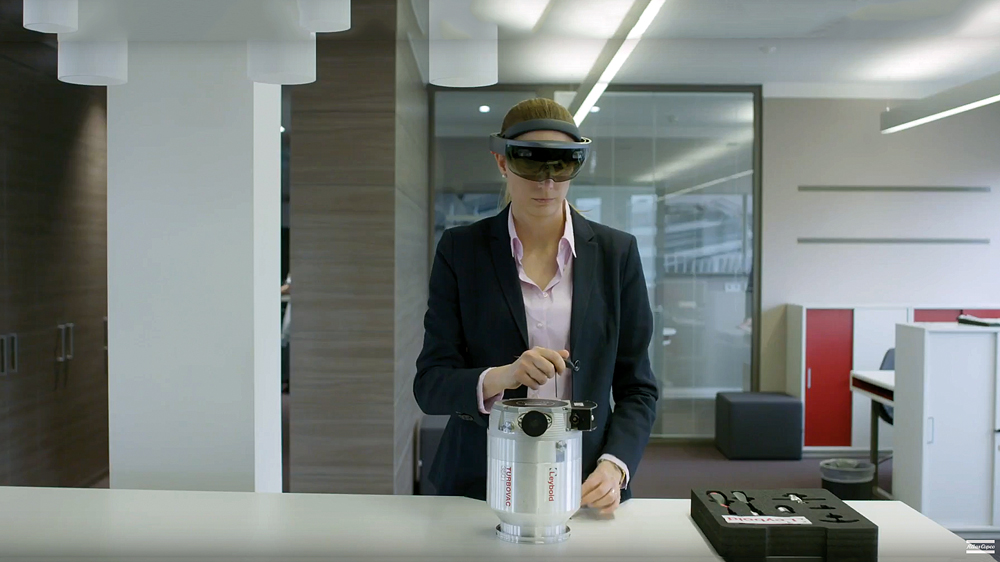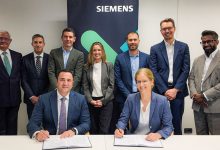New project of Atlas Copco Vacuum Technique
Smart specs, better service
Augmented Reality provides a world of information to tell maintenance technicians exactly what they need to know about the job at hand.
A maintenance technician needs to know about every possible variety of a product, from the earliest to the latest models, in all sizes and specifications. That is quite a challenge when you cover a big range. One solution is to keep a whole library of manuals in the truck.
But there is another way. A new project of Atlas Copco Vacuum Technique means that maintenance engineers in the future will just take a pair of special Augmented Reality glasses with them when they go out to repair pumps.
Enhancing real life
Augmented Reality (AR) works by providing additional information about what the user can see in real life. The user can look at a pump and see superimposed instructions as to which screws to undo to carry out a maintenance procedure.
Using AR glasses, technicians get instructions directly, rather than having to pick up a book, read it, turn to the pump, try the operation, get it wrong, go back to the book, put it down again and try once more.
Once the unit is open, AR will show precisely which steps are needed to diagnose a problem, how to fix it and how to reassemble the unit. All that information is superimposed on the user’s view of the unit in 3D. In addition, the program allows the technician to create immediate reports using photos and audio. Checklists that appear within the AR ensure that procedures are completed according to best practice.
“Our AR works mainly through animations,” Judith Gesing, Senior Product Manager, explains. “That means that it has no language barriers, which is important for a company working throughout the world.”
Covering a wide product range
The project started in 2016 with oil and filter changes on the new DRYVAC from Leybold, a brand within the Atlas Copco Group, and has since then been extended to other models. The technician just loads the program for the relevant pump and the information is available immediately.
“We have a wide range of pumps in the field,” Judith Gesing adds. “Some of them are very specialized, so it’s quite likely that you’ll have your training and not use your knowledge for a year. This way, you can be reminded directly of what you learned exactly when you need it.”
For the future, it’s likely that the AR for certain routine procedures may be made available to end-customers. In any case, customers will certainly benefit from having better-trained technicians who will be able to repair even unusual pumps without having to go back to the truck to find the manual.







